Pablo Picasso
Birth : 1881-10-25, Málaga, Spain
Death : 1973-04-08

Himself
In 1950, Picasso was offered a room that had once been used as a chapel in his hometown of Vallauris. He pictured turning it into a “pagan site for a unique cult” that would “unite all the people and be dedicated to peace.”
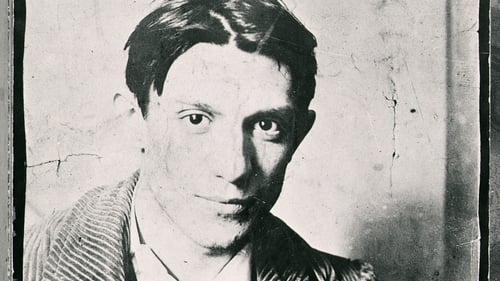
Self (archive footage)
Pablo Picasso is one of the greatest artists of all time - and right up until his death in 1973 he was the most prolific of artists. Many films have dealt with these later years - the art, the affairs and the wide circle of friends. But where did this all begin? What made Picasso in the first place? Too long ignored, it is time to look at the early years of Picasso; the upbringing and the learning that led to his extraordinary achievements.
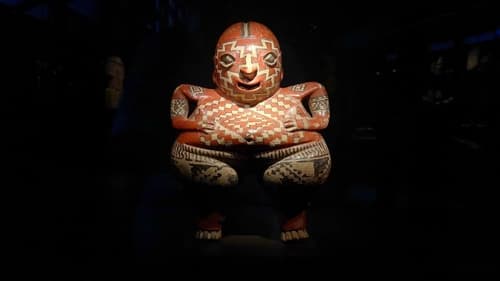
Himself (archive footage)
Many twentieth century European artists, such as Paul Gauguin or Pablo Picasso, were influenced by art brought to Europe from African and Asian colonies. How to frame these Modernist works today when the idea of the “primitive” in art is problematic?

Self (archive footage)
Great filmmakers claim the artistic influence of French director Henri-Georges Clouzot (1907-1977), a master of suspense, with a unique vision of the world, who knew how to offer both great shows and subtle studies of characters. Beyond the myth of the tyrannical director, a contrasting portrait of a visionary, an agitator, an artist against the system.

"The Art-collector and the catastrophe" - The untold story of how Sweden lost a world class art collection. Private art collector Theodor "Teto" Ahrenberg obtained art directly by artists like Picasso, Chagall and Matisse. He became friends with the international artists elite. And therefore developed a conflict with the Swedish art establishment. The Director of the Modern museum Pontus Hultén became his nemesis. Revenge to Theodor Ahrenberg would be creating his own art museum of Stockholm. Designed by world-famous architect Le Corbusier.

himself
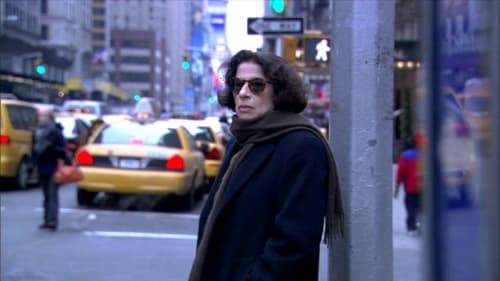
Self (archive footage)
A feature-length documentary starring Fran Lebowitz, a writer known for her unique take on modern life. The film weaves together extemporaneous monologues with archival footage and the effect is a portrait of Fran's worldview and experiences.

Pablo Picasso
A French documentary charting the life of the Spanish artist Pablo Picasso through the events of 13 significant days of his life, including his marriage to Olga Kokhlova, the birth of his daughter, the bombing of Guernica and the death of Stalin. Archive footage of Picasso, his lover Françoise Gilot, writer Jean Cocteau, photographer Brassat and critic Pierre Daix is accompanied by new interviews with Picasso's daughter Maya and son Claude.

Self (archive footage) (uncredited)
A woman goes to Cannes and, lost in its chaos and unable to obtain tickets, ends up watching it on television from her hotel room.

Self (archive footage)
An unreleased 9 minute trailer for F for Fake directed by Orson Welles as promotional reel for the film's American release.

Writer
"Desire Caught by the Tail" - One can not understand this piece as meaningful and meaningful unity and should be careful not to read too much into it. Picasso himself said he wanted to suggest sensations through the verbal sound itself.

Writer
"Desire Caught by the Tail" - Described as surrealistic, absurd, and weird. The narrative is nonlinear and the meaning nearly impossible to decipher, the work has been praised despite, and sometimes for, its lack of message.

Self
Various international presentions are featured through satellite uplink.
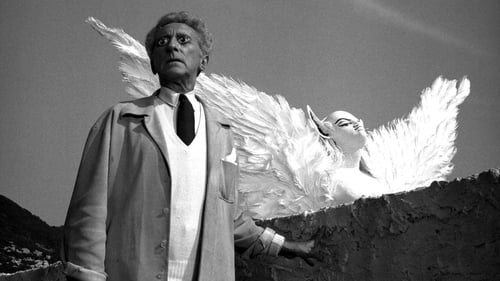
A friend of Orphée (uncredited)
Outside time and reality, the experiences of a poet. The judgement of the young poet by Heurtebise and the Princess, the Gypsies, the palace of Pallas Athena, the spear of the Goddess which pierces the poet's heart, the temptation of the Sphinx, the flight of Oedipus and the final Assumption. This film is the third part of Cocteau's Orphic Trilogy, which consists of The Blood of a Poet (1930), Orpheus (1950) and Testament of Orpheus (1960).
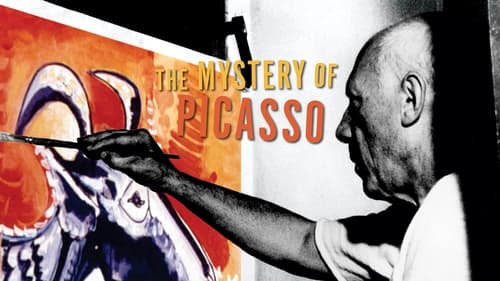
Self
Using a specially designed transparent 'canvas' to provide an unobstructed view, Picasso creates as the camera rolls. He begins with simple works that take shape after only a single brush stroke. He then progresses to more complex paintings, in which he repeatedly adds and removes elements, transforming the entire scene at will, until at last the work is complete.

Himself
The evolution of Picasso's painting up to his “pink phase.”

Self (archive footage)
As the title of this French documentary indicates, Ce Siecle a 50 Ans examines the 20th Century at its halfway point. Utilizing the archives of several European film reserves, director Denise Tua offers a fascinating mosaic of the people and events that shaped the years 1900 to 1950. Complementing the vintage film clips are three dramatized sketches, delineating the romantic customs of three different points in time. These sketches are inadequately performed, and can easily be ignored. Ce Siecle a 50 Ans both preserved and provided celluloid material for scores of future documentaries.

Self
Documentary filmmaker Nicole Vedre's first semi-fictional feature was released in France in 1949 as La Vie Commence Demain. The film made it to the U.S. in 1952 as Life Begins Tomorrow. Made in cooperation with UNESCO, the film speculates on the future of mankind after the advent of Atomic Energy. Many prominent French artists and intellects contribute to the narration: Jean-Pierre Aumont plays The Man of Today, Andre Labarthe is the Man of Tomorrow, and Jean-Paul Sartre, Daniel Agache, Jean Rostand, Le Corbusier, Pablo Picasso and Andre Gide are respectively seen as "The Existentialist," "The Psychiatrist,' "The Biologist," "The Architect," "The Artist" and "The Author" (talk about typecasting!) Film clips of hospitals, schoolrooms, scientific laboratories, and even nightclubs are woven into Vedre's fascinating tapestry.

Himself
In this short 20 minute black and white Belgian documentary, the director, Paul Haesaerts, visualised Pablo Picasso’s flow of imagination when the Spanish painter drew on large glass plates in front of the camera – like a live show of a greatest artist in performing a few masterstrokes that outlines a dove, bull, flower, man or woman and whatnot. (This technique of filming his painting from the other side of the glass plates precedes The Mystery of Picasso (1956), another famous documentary film on Picasso). (via http://www.kubrickians.com/2012/07/08/visite-picasso-1949-paul-haesaert/)

himself
Home movie from Man Ray while on vacation with Pablo Picasso, Paul, Nusch and Cecile Eluard, Emily Davies, Valerie and Roland Penrose. The friends have fun with themselves and performing for the camera.















